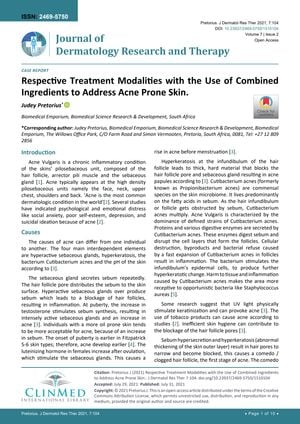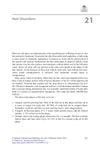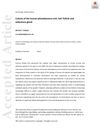Respective Treatment Modalities with the Use of Combined Ingredients to Address Acne Prone Skin
July 2021
in “
Journal of dermatology research and therapy
”
Cutibacterium acnes Propionibacterium acnes acne vulgaris hyperkeratosis hair follicle acne papules sebum inflammation tissue damage Staphylococcus aureus UV light tobacco use skin hygiene sebum hypersecretion comedo C. acnes P. acnes acne blocked pores pimples oil swelling skin damage S. aureus sunlight smoking clean skin excess oil blackhead

TLDR Using combined treatments can help manage acne by targeting the bacteria and skin changes that cause it.
This document discusses the pathophysiology of acne, particularly focusing on the role of Cutibacterium acnes (formerly Propionibacterium acnes) in the development of acne vulgaris. It explains that hyperkeratosis at the infundibulum of the hair follicle leads to blockages that result in acne papules. Cutibacterium acnes, which thrives on the fatty acids in sebum, multiplies when the hair follicle is obstructed, leading to inflammation and tissue damage. This bacterium also stimulates further hyperkeratotic changes and makes the skin more susceptible to other bacteria like Staphylococcus aureus. Additionally, the document mentions that UV light and tobacco use can exacerbate acne, and poor skin hygiene can contribute to the blockage of hair follicle pores. Sebum hypersecretion and hyperkeratosis are highlighted as factors causing the narrowing and blockage of hair pores, leading to the formation of a comedo, which is the first stage of acne.

